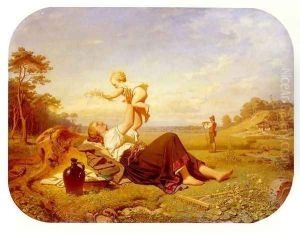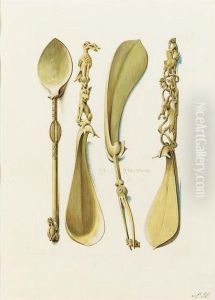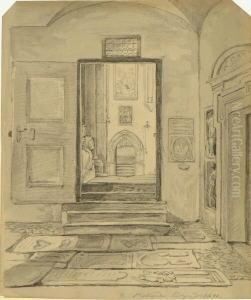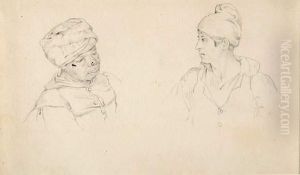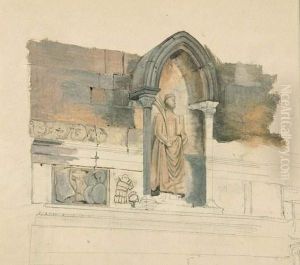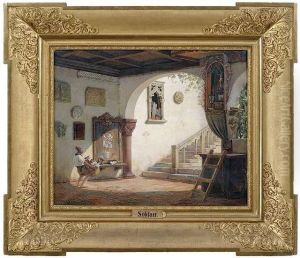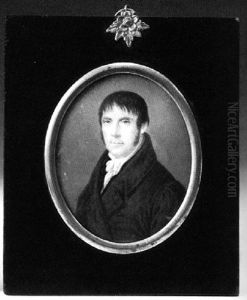Hermann Wilhelm Soltau Paintings
Hermann Wilhelm Soltau was a German painter and illustrator, born on June 25, 1805, in Hamburg, Germany. During his lifetime, he was known for his landscape paintings, genre scenes, and illustrations. He developed a keen interest in art at a young age and pursued his passion through studies in the arts.
Soltau initially studied at the Academy of Arts in Hamburg where he honed his technical skills in drawing and painting. His early works were influenced by the Romantic movement, which was prevalent in European art during the early 19th century. The Romantic movement emphasized emotion and individualism, as well as the glorification of the past and nature, which can often be seen in Soltau's landscapes and choice of subject matter.
In the 1830s, Soltau traveled extensively throughout Europe, which was common for artists of the time who wished to gain exposure to different artistic styles and cultural influences. His journeys took him to countries such as Italy and France, where he was deeply inspired by the works of other landscape painters and the diverse natural environments he encountered. These experiences greatly influenced his artistic direction, and upon returning to Germany, his style evolved to include more nuanced light effects and a greater attention to atmospheric detail in his depictions of nature.
Soltau was also an illustrator, contributing to various publications of his time. Illustration was a popular medium in the 19th century for both literary works and scientific publications, and artists like Soltau were able to reach a wider audience through these means. His illustrations were well-received and added to his reputation as a versatile and talented artist.
Despite his travels and contributions to the art world, Soltau never gained the same level of fame as some of his contemporaries. Nevertheless, his work was respected by those who knew it, and he managed to build a modest career through his paintings and illustrations.
Hermann Wilhelm Soltau died on August 18, 1861, in Hamburg, at the age of 56. Although he is not widely known today, his works remain a testament to the skill and artistic sensibility of landscape and genre painters of the 19th-century German Romantic tradition. His paintings can be found in regional art collections and sometimes appear in auctions where they are appreciated by collectors who value the art of this period.
